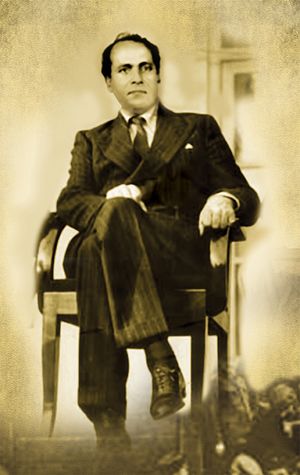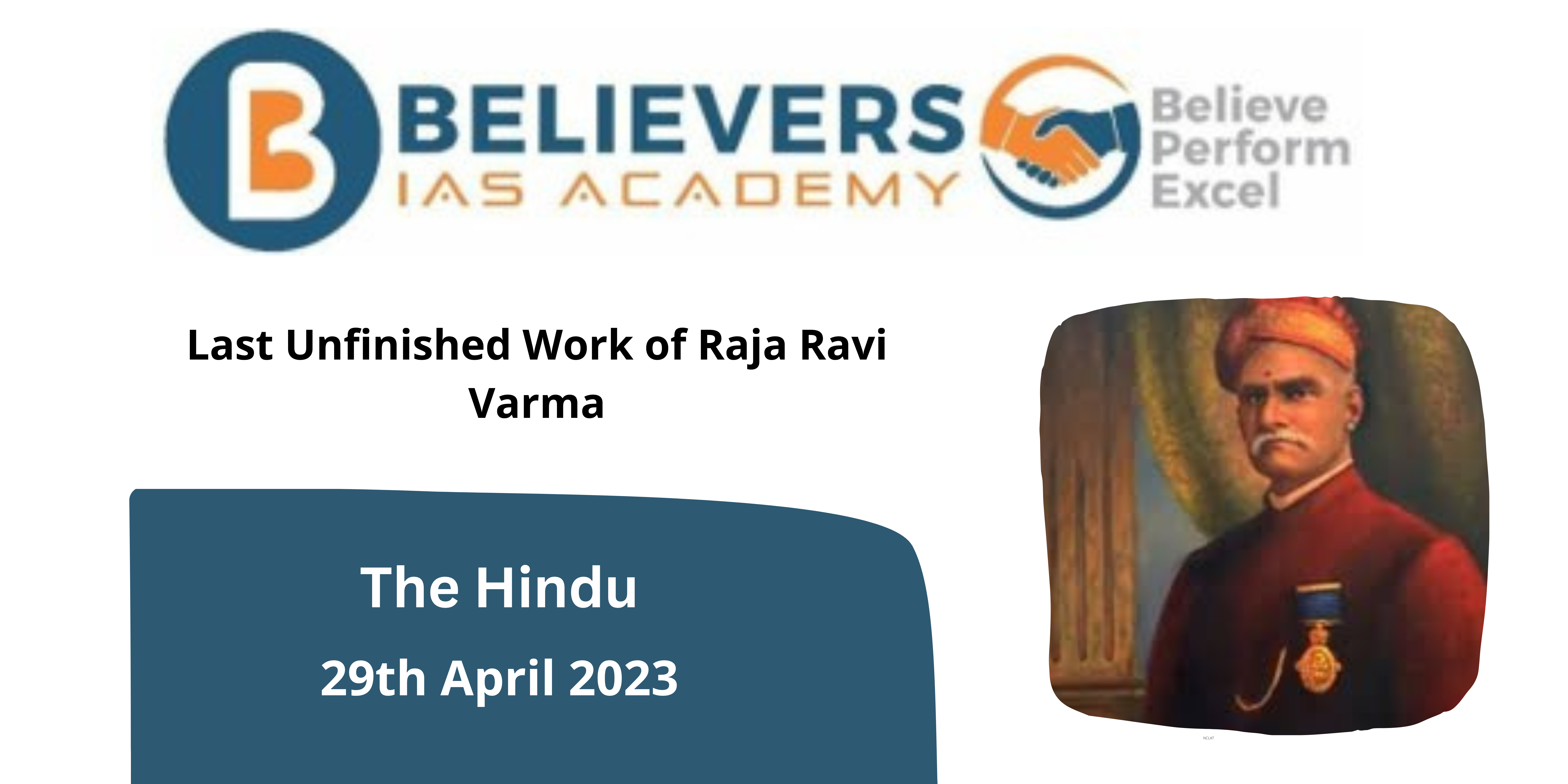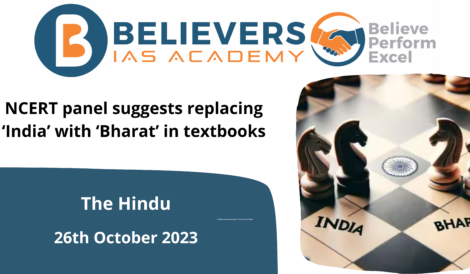KCR demands Bharat Ratna for social reformer Anna Bhau Sathe
Context :
The founder of Bharat Rashtra Samithi (BRS), Telangana Chief Minister K. Chandrasekhar Rao, has urged the Maharashtra government to submit a proposal to the Center and the Telangana government will also write to the Prime Minister with the same request. Anna Bhau Sathe is a social reformer, writer, and folk poet from Maharashtra.
Who is Anna Bhau Sathe?
- Background:
-
-
- On August 1, 1920, in the Indian state of Maharashtra, in the village of Wategaon.
- Belonged to the untouchable Matang caste, which performed Tamasha performances using traditional folk instruments.
- limited formal education; barely completed fourth grade.
-
- Migration to Bombay (Mumbai):
-
-
- Due to a drought in the countryside, people moved to Bombay for over six months in 1931 on foot.
- took on a variety of odd jobs to make ends meet in the metropolis.
-
- Writing Career:
-
-
- “Fakira” is among the most well-known of his 35 Marathi books.
- “Fakira” is currently in its 19th issue and won a state government prize in 1961.
- 15 collections of short stories that he wrote have been published, and many of them have been translated into various languages, both Indian and foreign.
- Additionally, he created a play, a travelogue about Russia, 12 scripts, and 10 Marathi Powada-style ballads.
- Utilization of Folkloric Styles:
- used powada and lavani, two folklore tale forms, in his compositions.
- These aesthetics contributed to the work’s accessibility to a wide spectrum of communities.
-
- Themes in his writings:
-
-
- The protagonist of “Fakira” rebels against the rural orthodox system and the British Raj to prevent his people from going hungry.
- His poems frequently portrayed Bombay’s metropolitan setting as a dystopian one.
-
- Political activism:
-
-
- Initially motivated by communist philosophy and connected to Lal Bawta Kalapathak, the cultural branch of the Communist Party of India.
- Member of the Communist Party of India’s cultural branch, the Indian People’s Theatre Association.
- Participated in the Samyukta Maharashtra Movement, which aimed to divide Bombay State linguistically to create a separate Marathi-speaking state.
-
- Shift towards Dalit Activism:
-
- Embraced Dalit action in response to B. R. Ambedkar’s teachings, which served as inspiration.
- used his tales to highlight the hardships faced by Dalits and labourers.
- in 1958 established the first Dalit Sahitya Sammelan, a literary gathering in Bombay.
The Dalit community and social movements continue to be influenced by and inspired by Anna Bhau Sathe’s work and actions. His work has made a significant contribution to the growth of Dalit literature and the struggle for social justice in India.
What is Bharat Ratna and who is eligible for this award?
- Introduction and Objectives
-
-
- The Bharat Ratna, the highest civilian honour of the Indian -Republic, was founded on 2 January 1954.
- It is given to persons to honour them for their “exceptional service/performance of the highest order” to the country.
- There is no racial, occupational, or gender prejudice in the award’s distribution.
- Criteria:
- When it was first established, the award could only be used to honour contributions to the humanities, sciences, literature, and public service.
- The Indian government broadened the requirements in December 2011 to cover “any field of human endeavour.”
- As a result, more people might be considered for the prize from a wider range of professions.
-
- Procedure for Awards and Recommendations:
-
-
- The candidates for the Bharat Ratna are recommended to the Indian President by the Prime Minister of India.
-
- The President bestows the honour upon the chosen recipients.
-
-
- The Bharat Ratna can only be conferred to a maximum of three nominees in any given year.
-
- Medal and Acknowledgement:
-
-
- A Sanad (certificate) bearing the President’s signature is given to Bharat Ratna recipients.
- Additionally, they are given a medallion in the form of a peepal leaf, which represents the Jewel of India.
-
- Financial Grant:
-
-
- The Bharat Ratna has no financial gift or award attached to it.
-
- Order of Priority:
-
-
- In the Indian hierarchy, those who have received the Bharat Ratna are ranked eighth.
- In the hierarchy of Indian civilian honours, this denotes that they occupy an important place.
-
- First Beneficiaries:
-
-
- Three outstanding people received the first Bharat Ratna in 1954, including C. Rajagopalachari, the final governor-general of the Dominion of India.
- The country of India’s second president and first vice president was Sarvepalli Radhakrishnan.
- Physicist and Nobel laureate C. V. Raman.
-
- Awarded posthumously:
-
-
- Posthumous prizes were not permitted by the original statutes, but they were later changed to allow them in January 1955.
- Former Prime Minister Lal Bahadur Shastri received the first posthumous Bharat Ratna.
-
- Important Recipients
-
- 48 people have received the honour so far, including 14 posthumous recipients.
- Famous recipients include social reformer Dhondo Keshav Karve (awarded on his 100th birthday), cricketer Sachin Tendulkar (youngest recipient), singer M. S. Subbulakshmi (first singer recipient), and actor M. G. Ramachandran (first actor recipient).
- As a naturalized citizen, Mother Teresa was given the distinction, and Nelson Mandela and Abdul Ghaffar Khan, two non-Indians, were also given the Bharat Ratna.





